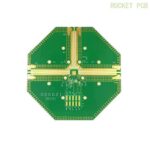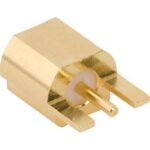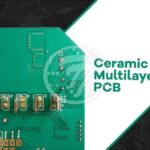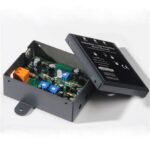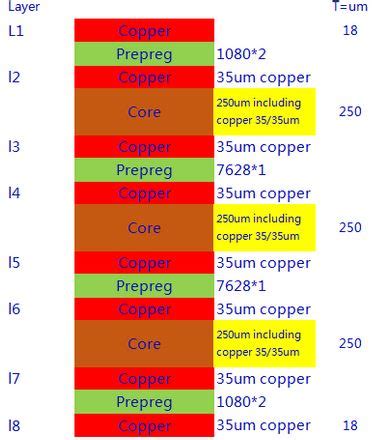
ALL ABOUT FLEX PCB
-
Why You Should Use The 8 Layer PCB?
Posted by
–
 Read more: Why You Should Use The 8 Layer PCB?
Read more: Why You Should Use The 8 Layer PCB?Introduction to 8-Layer PCBs An 8-layer PCB (Printed Circuit Board) is a complex, high-density circuit board that consists of eight conductive copper layers laminated together with insulating material. These advanced PCBs are designed to accommodate a large number of components and interconnections, making them ideal for applications that require high […]
-
Do Capacitors Have Polarity – How Will You Tell?
Posted by
–
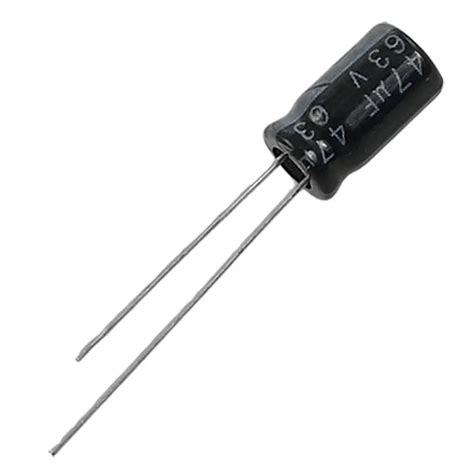 Read more: Do Capacitors Have Polarity – How Will You Tell?
Read more: Do Capacitors Have Polarity – How Will You Tell?What is Capacitor Polarity? Capacitor polarity refers to the orientation of the positive and negative terminals in a capacitor. In polarized capacitors, the positive terminal is typically marked with a plus sign (+) or a longer lead, while the negative terminal is marked with a minus sign (-) or a […]
-
Your Trusted HDI PCB Manufacturing Partner
Posted by
–
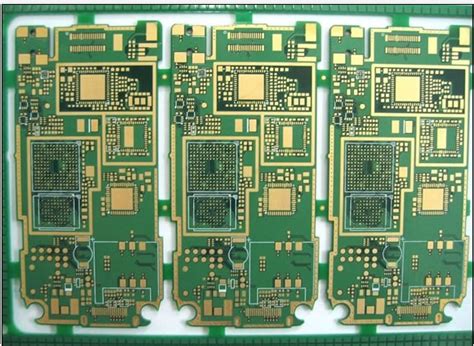 Read more: Your Trusted HDI PCB Manufacturing Partner
Read more: Your Trusted HDI PCB Manufacturing PartnerWhat are HDI PCBs? HDI PCBs are a type of printed circuit board that features higher wiring density and smaller vias than conventional PCBs. These boards are designed to accommodate more components in a smaller space, enabling the creation of compact and highly functional electronic devices. HDI PCBs typically have […]
-
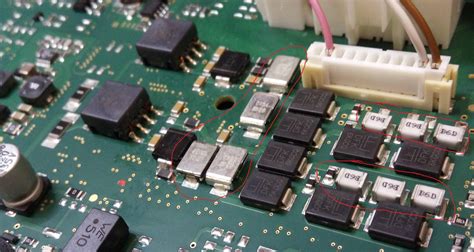 Read more: The Most Comprehensive Introduction to PCB Components
Read more: The Most Comprehensive Introduction to PCB ComponentsWhat are PCB Components? PCB (Printed Circuit Board) components are the various electronic parts and devices that are mounted on a PCB to create a functional electronic circuit. These components are essential for the operation of the PCB and are selected based on the specific requirements of the circuit design. […]
-
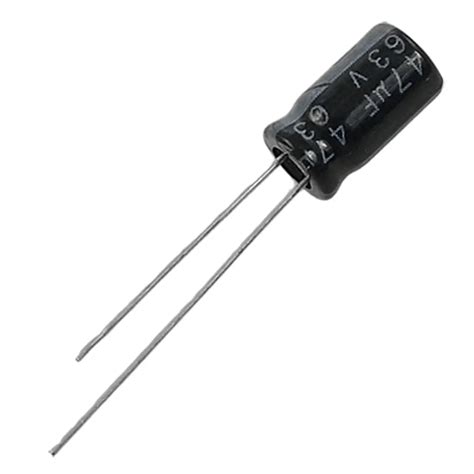 Read more: Capacitor Polarity: Understanding Polarity for Seamless Installation
Read more: Capacitor Polarity: Understanding Polarity for Seamless InstallationIntroduction to Capacitor Polarity Capacitors are essential components in electronic circuits, playing a crucial role in filtering, coupling, and energy storage. One of the most important aspects of capacitors is their polarity, which refers to the orientation of the positive and negative terminals. Understanding capacitor polarity is crucial for proper […]
-
programmable power supply schematic circuit
Posted by
–
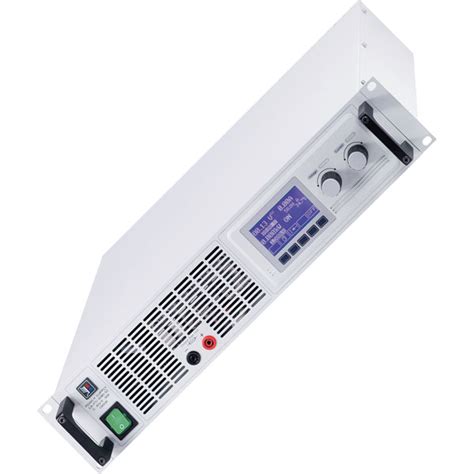 Read more: programmable power supply schematic circuit
Read more: programmable power supply schematic circuitWhat is a Programmable Power Supply? A programmable power supply is a versatile piece of equipment that provides adjustable DC Voltage and current to power electronic circuits and devices. Unlike fixed power supplies that offer a constant output, a Programmable PSU allows you to set specific voltage and current levels […]
-
 Read more: Land Pattern-How Do We Design it to Meet Industry Standards
Read more: Land Pattern-How Do We Design it to Meet Industry StandardsWhat is a Land Pattern? A land pattern, also known as a footprint or pad layout, is the arrangement of copper pads and traces on a printed circuit board (PCB) that allows the mounting and soldering of surface-mount components. The land pattern is critical in ensuring proper electrical connections, mechanical […]
-
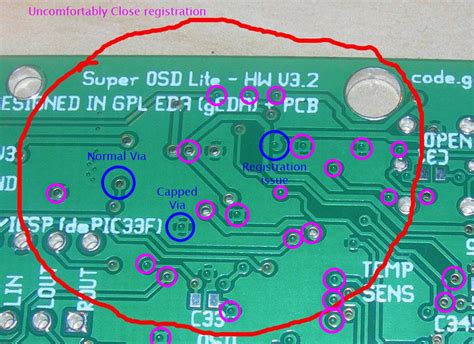 Read more: PCB Via: What is it, and Which Type Should You Choose?
Read more: PCB Via: What is it, and Which Type Should You Choose?Introduction to PCB Vias In the world of printed circuit boards (PCBs), vias are an essential component that enables the interconnection of different layers within a PCB. A PCB via is a small hole drilled through the board, which is then plated with a conductive material, typically copper, to create […]
-
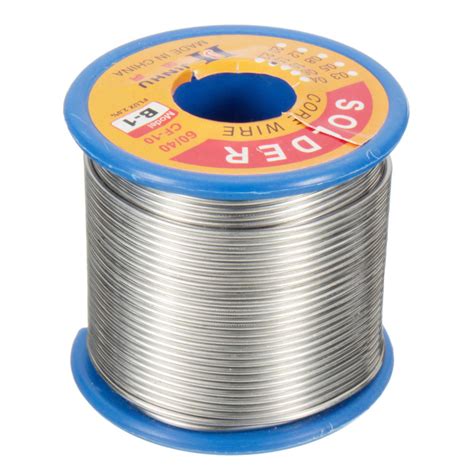 Read more: Lead vs. Lead Free Solder: Is Lead Free Solder Better?
Read more: Lead vs. Lead Free Solder: Is Lead Free Solder Better?What is Solder? Solder is a metal alloy used to create a permanent bond between electronic components and printed circuit boards (PCBs). It is typically composed of two or more metals, such as tin, lead, silver, or copper. The most common types of solder are lead-based and lead-free. Lead Solder […]
-
What is difference between BGA, QFN and LGA?
Posted by
–
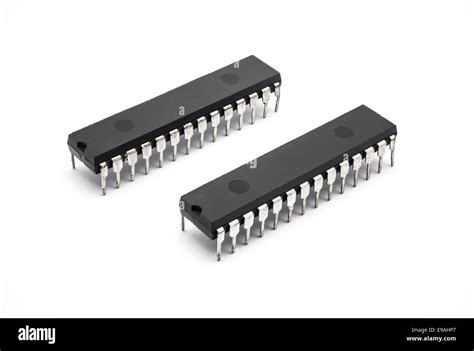 Read more: What is difference between BGA, QFN and LGA?
Read more: What is difference between BGA, QFN and LGA?Introduction to IC Packages Integrated Circuit (IC) packages are protective casings that contain semiconductor devices like microprocessors, memories, transceivers, etc. The IC package provides an electrical interface between the internal delicate components and the external system via pins or pads. It also offers mechanical support, protects the chip from the […]
